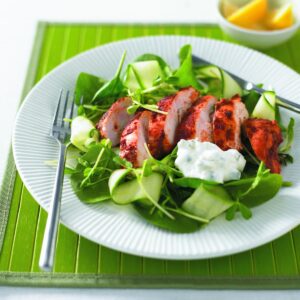
‘World’s favourite pie’, ‘Best-ever muesli bar’ – it’s not hard to spot, and roll our eyes at, ‘puffery’ in ads. But when does it cross the line? The food law specialists at Simpson Grierson explain the rules.
What’s the law?
Although the word ‘puffery’ is not legally defined in New Zealand, it is a concept that has been used in advertising for years and one that consumers readily recognise.
Puffery is an exaggeration so obvious it is not likely to mislead the reasonable consumer, as the consumer will understand the claim cannot be verified. In other words, the consumer will know the statement is not meant to be taken literally.
The Fair Trading Act 1986 (FTA) prohibits false and misleading representations from being made about goods and services. The FTA also includes a specific provision requiring claims made about goods and services be substantiated. Claims made about products must, therefore, comply with the FTA provisions, although some allowance is given to statements considered puffery.
Where’s the line in the sand?
The situation gets murky where statements are not that obvious, leaving the reasonable consumer unsure as to whether the statement is a fact or simply puffery.
Businesses need to be careful when making puffery statements to ensure consumers are not misled.
If a claim appears to be fact-related, it may not be readily obvious it is puffery. For example, the claim ‘NZ’s #1 selling honey’ is not likely to be considered puffery as it implies the product is the top seller over other honey products in the market and is a verifiable fact.
However, the claim ‘The universe’s yummiest honey’ is likely to be considered puffery as it is a claim so exaggerated, a reasonable consumer would understand this and not expect it to be substantiated.
Consumer tip
Be aware that businesses do use marketing tactics and puffery to sell their products. If you are unsure whether a claim is puffery or not, ask yourself if you would expect the claim to be true and the business to have evidence to support it. Also, read product labels carefully and visit the business’ website for more information about the product or to ask questions if it is not clear.
Context is also important in determining whether a claim is puffery or not, as a recent US case highlights. In this case, Kraft Heinz stated ‘Upgrade Your Mayonnaise’ on point-of-sale (POS) displays that were largely pointed at, or referring to, Heinz’s own products. This was challenged by a competitor who said the claim was disparaging and implied Heinz mayonnaise was superior to the competitor’s mayonnaise products. Heinz argued the claim was puffery: “Upgrade only suggests a general improvement that is vague, subjective and non-measureable.”
Interestingly, the National Advertising Division (NAD) found Kraft’s claim was puffery because, in this context (that is, in POS displays in front of Heinz products), the words did not reasonably convey that Heinz’s product was superior to any other mayonnaise. However, the NAD did say the word ‘upgrade’ would not be puffery when used to imply the ‘upgrade’ represents an improvement in the product’s quality in a comparative sense to competitor products. So, for example, where the POS displays were in front of competitor products and not Heinz products, the claim would not be puffery and would instead likely be an unsupported comparative claim.
www.healthyfood.com










